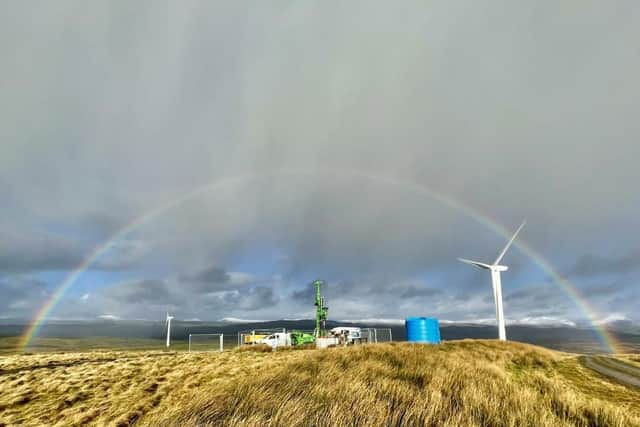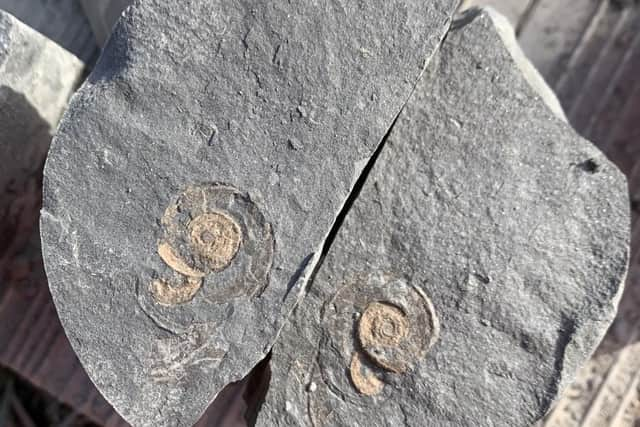New discoveries reveal evidence of Lancashire's earliest residents
and live on Freeview channel 276
These beautifully preserved fossils of prehistoric animals and plants were found in rock samples deep under Haslingden and Bury.
The samples were taken by geologists working for United Utilities along the proposed route of a new section of aqueduct which will be constructed up to 200m below ground level in that area.
Advertisement
Hide AdAdvertisement
Hide AdThe relics show a mix of plant and animal species which suggest this part of Lancashire was once a marshy swamp before vanishing below sea level and eventually turning into coal.


James Hamnett, an engineering geologist for Jacobs, the company helping to supervise the ground investigations for United Utilities, said they were found in rock about 80m to 170m deep.
“It’s not unusual to find fossils in this part of Lancashire but these are really good quality,” he explained.
“Everyone working on the project is interested in what we discovered, I found myself showing them these fossils and explaining the interesting past they indicated.


Advertisement
Hide AdAdvertisement
Hide AdAlthough not a fossil expert, James believes the fossils include two different Cephalopods (Ammonite and Goniatite), which are fossils of tiny squid-like creatures with tentacles and shells, a Carboniferous Tree fern and a Lepidodendron fossil, which is the tightly packed diamond-shaped leaf scars of an ancient type of Carboniferous tree.
United Utilities’ director of strategic programmes, Neil Gillespie, said: “This is a fascinating glimpse into a world we would otherwise never see. A bit like the project itself. Our new pipeline will be up to hundreds of metres underground and when it’s finished it will itself only leave the occasional marker. It will be an important boost for the region’s water supplies for generations to come,” he added.
The aqueduct project, known as HARP (Haweswater Aqueduct Resilience Project), involves building six new pipelines to replace parts of the company’s Haweswater Aqueduct – which will safeguard water supplies in the North West for generations.
